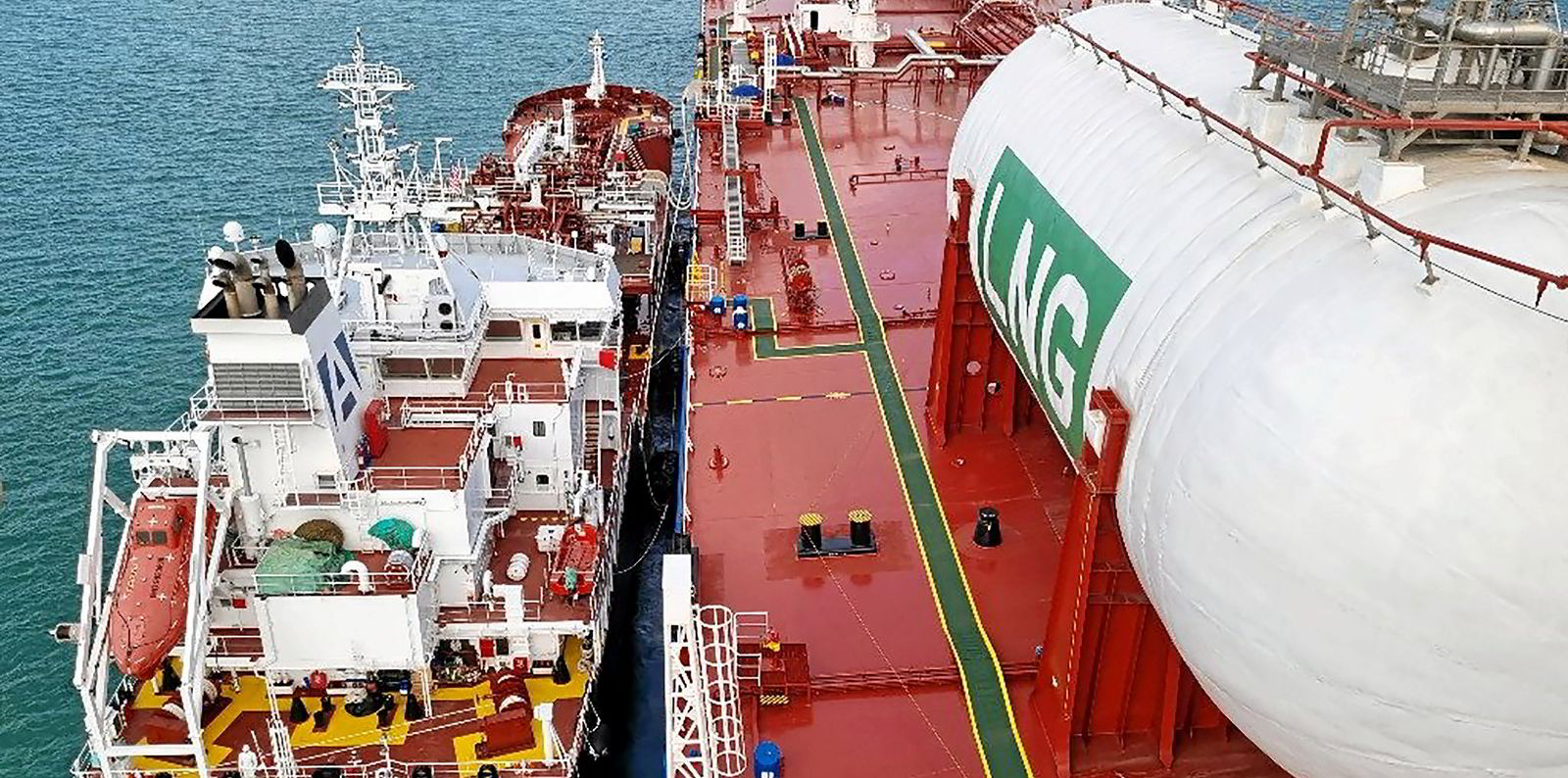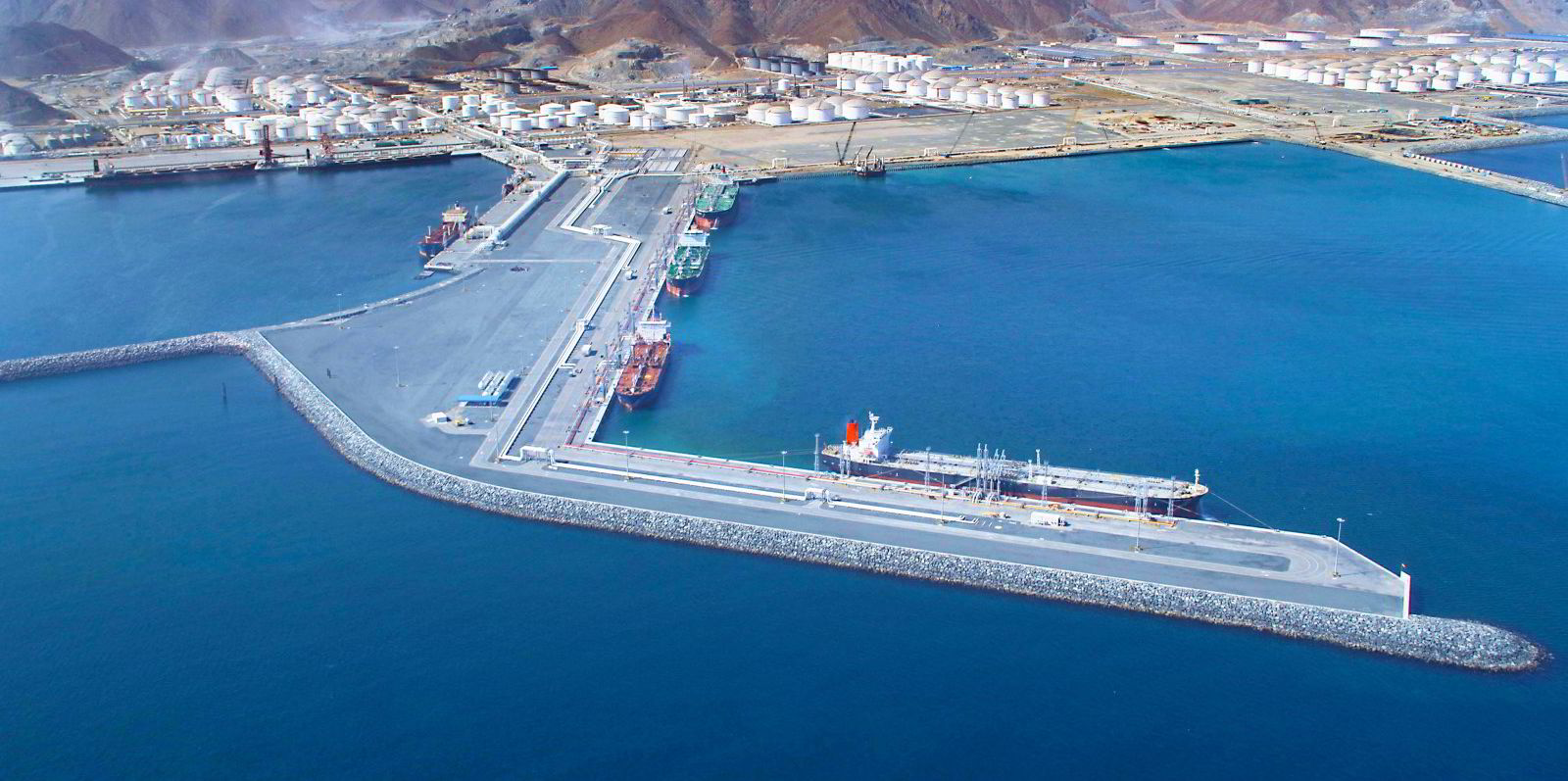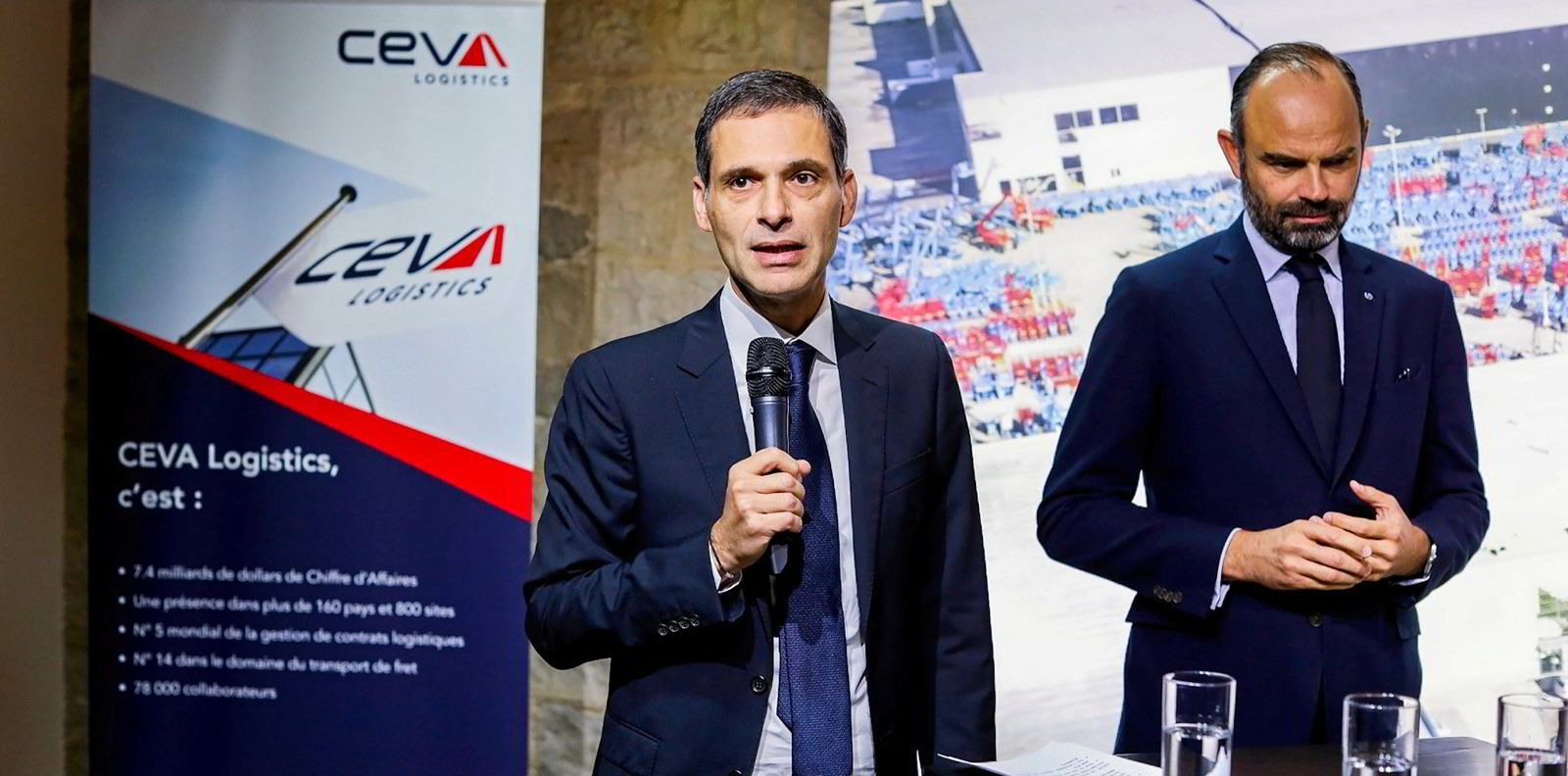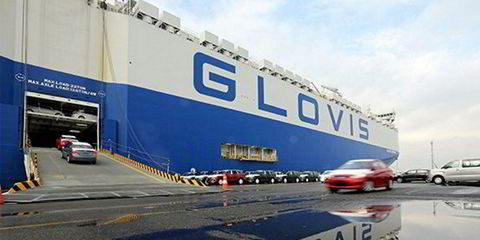LNG dual-fuel newbuilding numbers have surged, but for those shipowners with vessels able to bunker LNG today, super-high and volatile gas prices are proving too rich, pushing them to use fuel oil instead.
As a result, companies offering LNG bunker supply — depending on how their contracts are structured — are seeing low take-up for the fuel.
Assets such as LNG bunker vessels (LNGBVs) are underutilised or, worse, idling.
Perhaps even more importantly, shipping is missing out on those promised CO2 emissions reductions of up to 23% that LNG can offer.
Shipowners and operators started turning away from LNG around the middle of last year as gas prices rose, bunker suppliers said, with the more committed users holding out until November.
There are a handful of vessels, including Fjord Line’s ferries, that are only able to bunker LNG.
But consultants highlighted early LNG supply deals such as CMA CGM’s with TotalEnergies Marine Fuels, which was structured as a take-or-pay contract, that will probably be causing pain for the buyers at the current inflated gas prices.
They pointed to the French liner giant’s vessels making bunker calls at fuel oil-only supplying terminals, which show the company has switched over to burn cheaper oil-based bunkers on at least some vessels.
Energy consultants said the forward price curves show that LNG pricing is likely to remain high this year and throughout 2023 until more is brought online around the middle of this decade.
- 715 LNG-fuelled ships
- 270 vessels in operation
- 445 on order, including 128 container ships, 60 crude oil carriers, 52 bulkers, 36 oil and chemical carriers, 60 car carriers, 25 cruise ships, 20 tugs, 10 ropaxes and five offshore supply vessels.
- 213 LNG-ready ships
But for LNG to be competitively priced against fuel oils, they may have to wait a little longer.
One consultant described LNG pricing for 2024 as “not bad”, 2025 as “fine” and 2026 as “very good”.
“The main concern is the price delta between the two fuels,” he said. “What we see is enormous volatility in the current market.”
In the wake of Russia’s invasion of Ukraine on 24 February, European natural gas prices soared by almost 70%. Although they, like oil prices, have since dropped back, they remain vastly elevated from where they stood at the start of 2021.
Another LNG bunker supplier said the current steamy levels are “a relatively short-term phenomenon”, and for those owners who will take delivery of dual-fuel newbuildings from 2024 onwards, the situation should have eased.
Others see positives in the current LNG price pinch.
One LNG bunker supplier said people have realised that having the option to switch between the fuels is “very valuable”.
On the downside, the shift back to fuel oils for the bulk of the existing dual-fuelled fleet has left LNGBVs and some terminal infrastructure underused.
While LNGBVs may be hungry for employment in this high-priced gas market, brokers and consultants following the sector said it is not yet where it needs to be in terms of the assets and infrastructure needed to supply all the dual-fuel vessels that have been ordered.
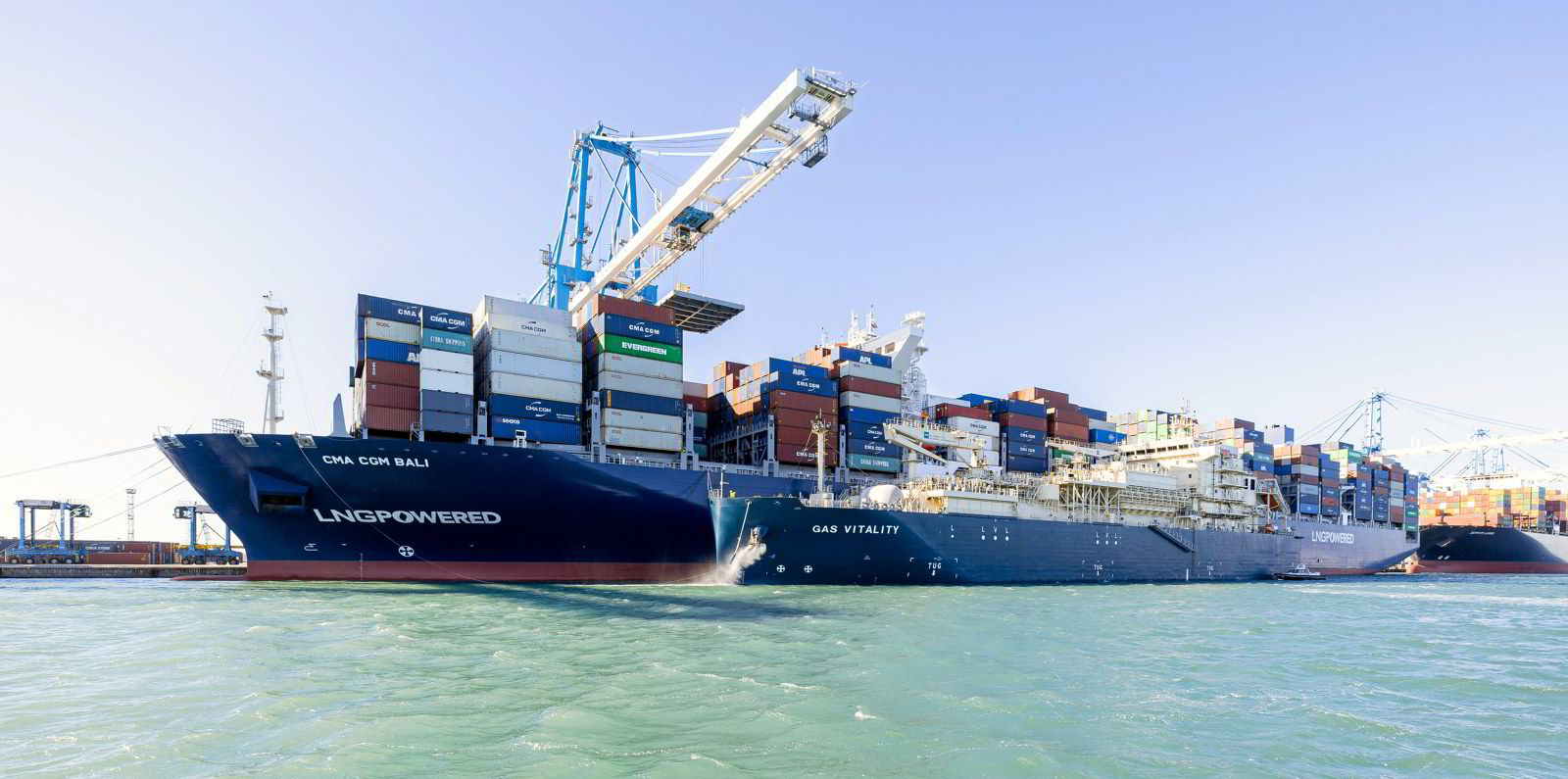
Big suppliers such as TotalEnergies and Shell are looking to expand their LNGBV networks and there are hints that others, including Avenir LNG, which has fixed out its six ships, and Titan LNG also see scope to grow their fleets in the near term.
But market watchers said bunkering infrastructure is no longer seen as a constraint on the uptake of LNG as a fuel, as the costs and time scales required to put it and vessels in place are now better understood.
Looking at the number of newbuildings on order and expected bunker suppliers, consultants estimate that between nine million and 10 million tonnes per annum of LNG will be required by 2025 to meet bunker demand.
There is talk of a large number of supply tenders and discussions in the market.
But fuel suppliers said shipowners and operators are preferring to stay more open rather than commit to volumes at present, as they want to examine their commitments and look at what is going to happen to prices.
One said it is important to understand that their motivation may also be coming from the client behind the owner. In a consumer-facing brand, ultimately the charterer may be the one to make the final decision on which fuel a vessel will use, depending on its own sustainability profile.
